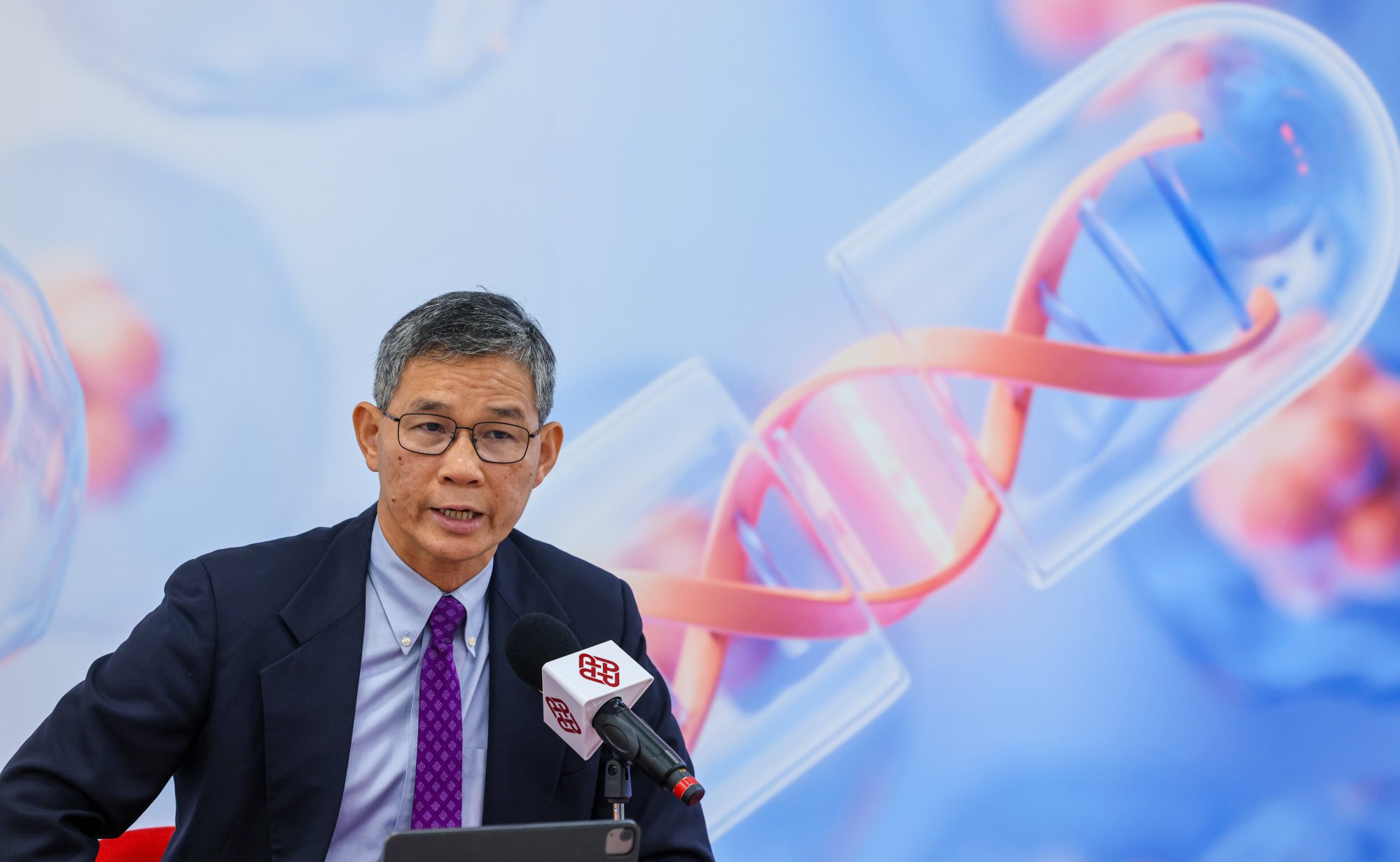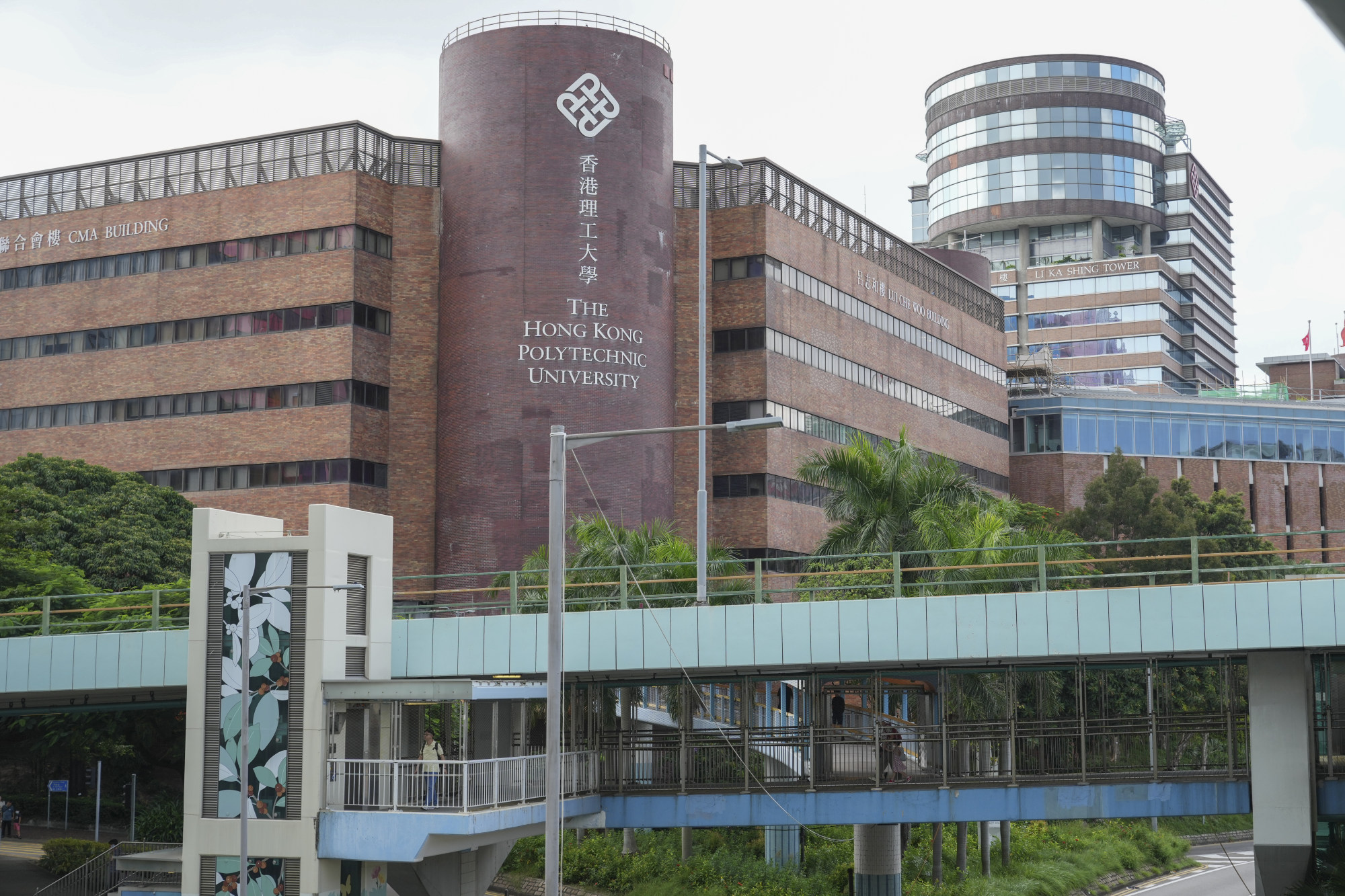Hongkongers with spinal cord injuries may have a chance to regain mobility with the help of advanced therapy products developed by a new laboratory at Polytechnic University (PolyU), with clinical trials to start as soon as the facility is fully licensed.
The scholar in charge of the laboratory said the institution hoped the facility could work in tandem with its proposed medical school to provide a one-stop shop for healthcare, ranging from treatment to rehabilitation, contributing to the city’s push to become a health and medical innovation hub.
PolyU is one of three local universities seeking to establish the city’s third medical school.
Do you have questions about the biggest topics and trends from around the world? Get the answers with SCMP Knowledge, our new platform of curated content with explainers, FAQs, analyses and infographics brought to you by our award-winning team.
Professor Larry Chow Ming-cheung, head of the university’s applied biology and chemical technology department, said the advanced therapy products (ATPs) laboratory, which will be the third of its kind in Hong Kong once it is fully licensed, would allow patients greater access to cutting-edge treatments.
ATPs refer to medicines based on genes, cells or tissue. Examples include chimeric antigen receptor T-cell therapy, which uses the patient’s modified T-cells to attack cancer cells.
“Building a production line for ATPs is incredibly expensive for individual companies due to the stringent standards, but our laboratory can essentially attract biopharmaceutical companies to invest in Hong Kong by providing access to a ready-made production facility,” Chow said.
The university spent more than HK$40 million (US$5.15 million) in funding to build its ATP laboratory, he said.
“Our laboratory uniquely serves as a teaching facility to nurture talent in the ATP field and facilitate industry development. Hong Kong is starting from scratch, facing an extreme shortage of talent,” Chow said.

The academic said the university launched a master’s programme in biopharmaceutical development and commercialisation last year, with the students to be taught how to operate an ATP laboratory once the facility opened.
He added that the facility’s immediate focus would be on developing effective treatments for spinal cord injuries, which affected more than 15 million people worldwide and resulted in conditions such as hemiplegia and paralysis.
While there is currently no effective treatment for such injuries, researchers around the world are working on developing ATPs to help repair damaged spinal nerves.
Although many such therapies have shown promising results in clinical trials, none have received approval from the United States Food and Drug Administration so far.
Chow said that with the help of the ATP laboratory, researchers planned to leverage the strong differentiation potential of umbilical cord blood cells and hopefully become a pioneer.
The university is also working with staff at Prince of Wales Hospital in Sha Tin to recruit patients with spinal cord injuries. Such candidates would then have their information compared with umbilical cord blood data provided by MonoTx, the laboratory’s industry partner.
MonoTx established the city’s first public cord blood cell bank in 2017 and has managed to collect more than 10,000 units of umbilical cord blood cells for research and treatment.
Once a suitable match is identified, the research team will derive mononuclear cells from the blood, before conducting quality control and product packaging within the laboratory, processes that are expected to take more than two weeks.

The final product will then be sent to hospitals for transplanting into patients to attempt to repair injured tissue and enable the regeneration of nerve cells.
The transplant process is followed by a rehabilitation programme to retrain a patient’s muscle strength and boost their mobility.
Chow said MonoTx had conducted a similar trial in mainland China for more than 20 patients, with most showing significant improvements in terms of physical mobility and bladder and bowel control.
He added that the laboratory had obtained approval in principle from the Department of Health, and he expected a full licence would be granted within one year, once all of the facility’s staff and equipment were ready.
The facility would then commence the first stage of clinical trials for about 10 patients.
Chow said that the treatment’s effectiveness could vary between patients, but those who sustained their injuries up to 12 months before receiving the ATP generally experienced better outcomes.
“We are starting with research of an extremely high standard that is beneficial to Hong Kong because our competitiveness is not about rushing out cheaper treatments, but developing high-quality and high-value-added biopharmaceutical products,” he said.
“The laboratory’s potential will be further enhanced if PolyU is selected to run the third medical school, as it will allow for even more clinical trials of advanced therapies to be conducted here.”
More from South China Morning Post:
- Race for third Hong Kong medical school hots up, but which team is leading?
- Hong Kong team says test detects nasopharyngeal cancer with 97% accuracy
For the latest news from the South China Morning Post download our mobile app. Copyright 2025.





